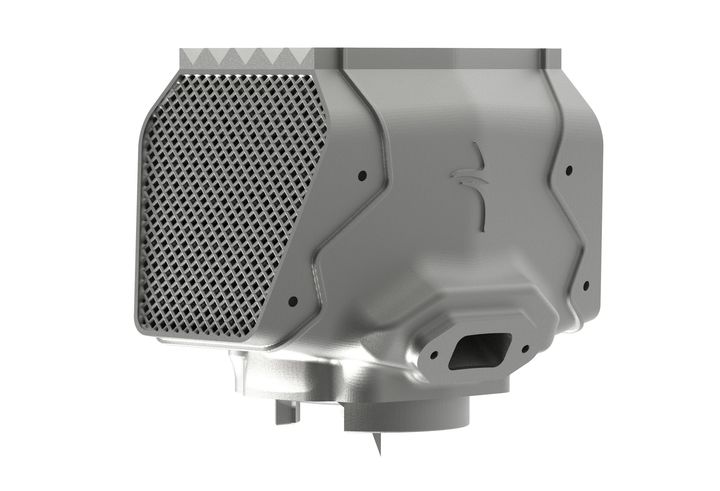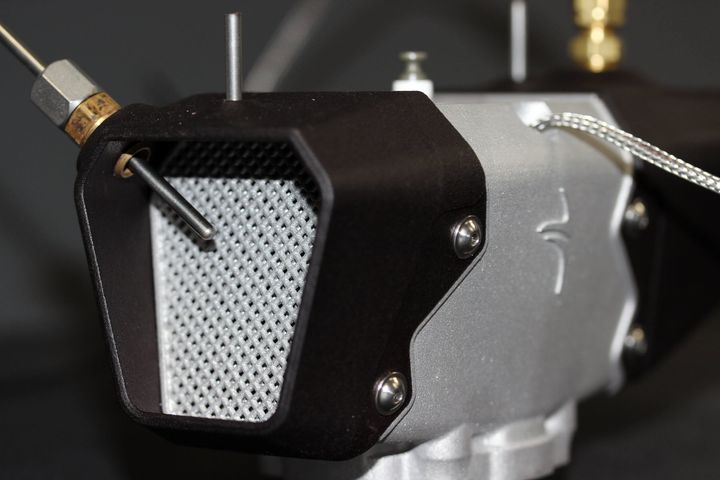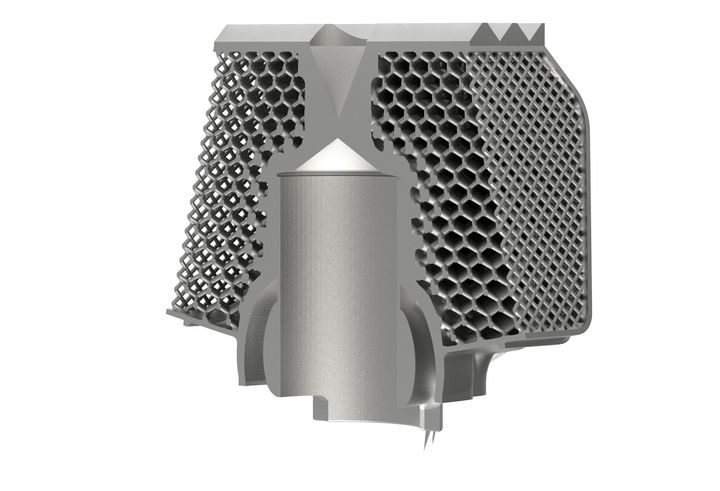
There’s a key barrier that’s holding back 3D printing from much more radical use, but it may be about to break down.
We all know that 3D printers can produce highly complex objects, as they have virtually no constraints on the geometry being produced. This is quite unlike the traditional manufacturing processes such as casting, forging and cutting.
We live in a world where objects’ designs are silently limited by those constraints. We think of objects in that way, and we don’t even realize it.
Conversely, we are often confused and baffled by the highly complex and often more functional organic designs generated by advanced software. Yet these shapes are the very items that transform 3D printing from a curiosity into something that’s essential in the modern world.
Generative design is likely the future for manufactured objects, as more companies slowly adopt these approaches and technologies.
But there’s a barrier.
Our current software representations of 3D models is somewhat primitive, as they are more-or-less based on our simplistic understanding of the world around us: composed with combinations building blocks, faces or simple structures. While these allow us to manually create 3D designs, they are death for processing complex generative shapes.
Cobra Aero Experience

Consider the case of Cobra Aero, a manufacturer of specialty propulsion systems for unusual applications. The company sought to design a more efficient internal combustion engine for drones, and had a very big problem.
Their idea was to decrease the air drag on the drone by reducing the size of the air intake for cooling, which generates a good chunk of the total drag on the aircraft. Of course, a smaller intake would mean less air flowing through the engine for cooling.
Therefore the internal ducting for the cooling channels would have to be highly optimized to be more efficient and require less airflow.
At the same time aerospace engines must be made lightweight to help overcome the other flight challenge: gravity. Engineers at Cobra Aero decided to create a complex internal ducting structure using a lattice.
While it’s now possible to automatically generate 3D lattice structures to save weight using several tools, Cobra Aero had an additional issue: they had to ensure airflow would actually be sufficiently efficient to cool the engine.
This is usually done through a fluid dynamics and thermal simulation, where software determines the flows and eddies of the air as it passes through the structure. There are plenty of such programs and services to do this.
But the processing required to analyze a highly complex lattice structure, one designed to direct airflow in the most efficient manner, would bring any simulation tool to its knees. There is simply too much geometry to handle in a complex design like this.
This type of radical design, one so necessary for the future of 3D printing, is currently impractical to solve using almost every currently available design tool.
nTopology To The Rescue

Cobra Aero turned to nTopology’s nTop system to solve the dilemma. nTop has a radically different approach for storing and processing 3D geometry that is far, far more efficient than typical 3D modeling tools. nTop stores geometry as equations rather than endless digital representations of “building blocks”. This allows their system to process geometry operations far faster.
With this tool, Cobra Aero was able to properly simulate their complex airflow ducting and actually produce a drone engine with the desired characteristics.
Future 3D Modeling
With advanced 3D modeling tools such as those from nTopology there is a light at the end of the tunnel for 3D printing. If such tools were to become commonplace, the experience of Cobra Aero might be repeated for many parts in many industries. These designs would certainly be producible only in 3D printers, and thus we’d see a boom in production additive manufacturing.
But so far the majority of design for 3D printing still uses conventional design tools that ultimately are not efficient enough to power a 3D printing production revolution.
Via nTopology and Cobra Aero
